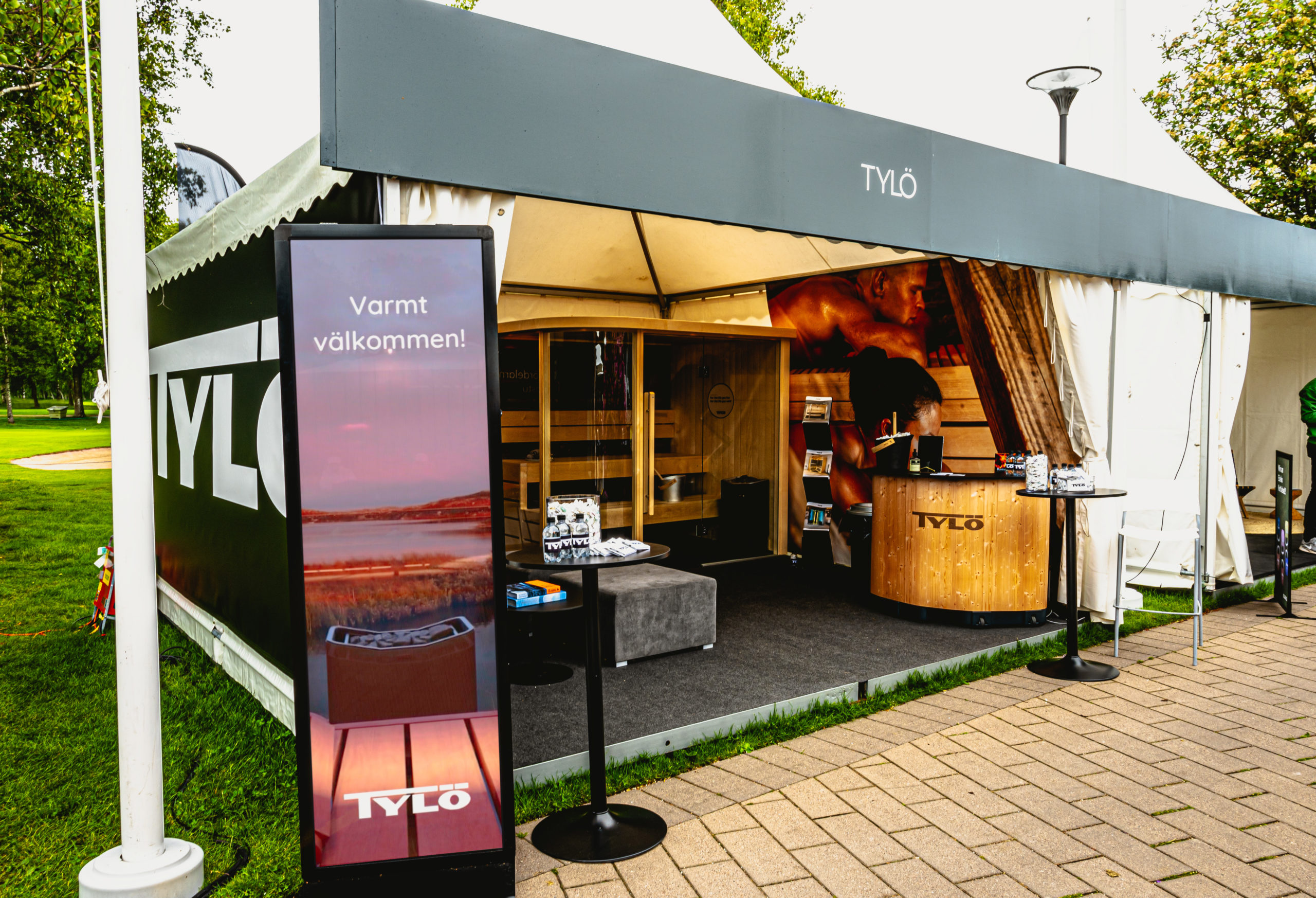How Mässteknik Enhances Event Experiences
How Mässteknik Enhances Event Experiences
Blog Article
Marketing is the backbone of any successful company strategy, but deciding on the best process can be challenging. With the rise of sophisticated engineering, the question between digital signage and old-fashioned advertising methods has gained momentum. This website considers the important thing variations, benefits, and drawbacks of each to help you make an informed decision.
What's Electronic Signage?
Electronic signage uses digital exhibits, such as for example TVs, LED cells, and active touchscreens, to present commercials, videos, and active content. It leverages electronic engineering to deliver real-time communications to targeted audiences in equally indoor and outdoor environments.
What are Conventional Promotion Techniques?
Standard promotion encompasses common mediums like papers, publications, billboards, radio, and TV. This technique relies on printed or fixed images to convey a note and catch attention in high-traffic places or mass press platforms.

The Situation for Electronic Signage
1. Engagement Through Energetic Content
In accordance with recent reports, attention spans have decreased considerably in the past decade, posing difficult for conventional ads. Digital signage caters to this need for powerful content, as 63% of consumers state they discover movie material more participating than fixed visuals. That interactivity assures that messages are far more memorable.
2. Real-Time Revisions
With electronic signage, it is possible to upgrade your message at any time. Cutting-edge software enables organizations to adjust campaigns, offers, or announcements instantly, which is ideal for fast-paced industries like retail and hospitality. Conventional advertising, nevertheless, is static and may take times (or longer) to modify, which can stifle advertising agility.
3. Cost-Effectiveness Around Time
Electronic signage might have a higher upfront investment, but it could save prices long-term. Unlike standard print techniques that want recurring product generation and distribution, electronic signage decreases repeating expenses by employing used screens.
4. Increased Targeting
By establishing advanced analytics, electronic signage can modify material for unique readers predicated on area, time, or demographics. For example, active features can tailor ads to fit the preferences of the nearby.
The Argument for Old-fashioned Advertising
1. Greater Take Certain Demographics
For decades, old-fashioned advertising has efficiently reached older demographics who are less willing to interact with electronic platforms. TV commercials and radio ads however maintain substantial sway among these groups.
2. Tangibility and Credibility
Printed materials, such as for example newspapers or flyers, offer a responsive experience that some people see more trustworthy. Reports indicate that standard platforms like print however produce consumers feel more connected to brands than fleeting electronic ads.

3. Zero Addiction on Technology
Unlike electronic signage, old-fashioned advertising does not depend on energy or web connectivity. That liberty helps it be a trustworthy choice using settings or below demanding circumstances.
Which is Better?
The decision between digital signage and old-fashioned advertising heavily is dependent upon your business objectives, market, and budget. Electronic engineering provides flexibility, proposal, and modification, rendering it well suited for modern and fast-paced industries. On the other give, traditional marketing offers lasting affect and stays efficient for several demographics.
By weighing the pros and cons of equally strategies, organizations can craft a designed advertising technique that most readily useful matches their particular needs. Report this page